For many, April marks the middle of spring. Bluebells break through the forest floor and roadside verges, birds are busy gathering nest materials and trees turn green.
From marvellous bugs and rare British birds to valleys of bluebells and blossoming fruit trees, we’ve come across some amazing photography while putting together the April 2021 issue of BBC Countryfile Magazine. Celebrate the month with a few of our favourite images.
Enjoy spring wildlife and nature with our photo gallery of beautiful photographs from around the UK countryside in April.
St Cwyfan’s Church-in-the-Sea
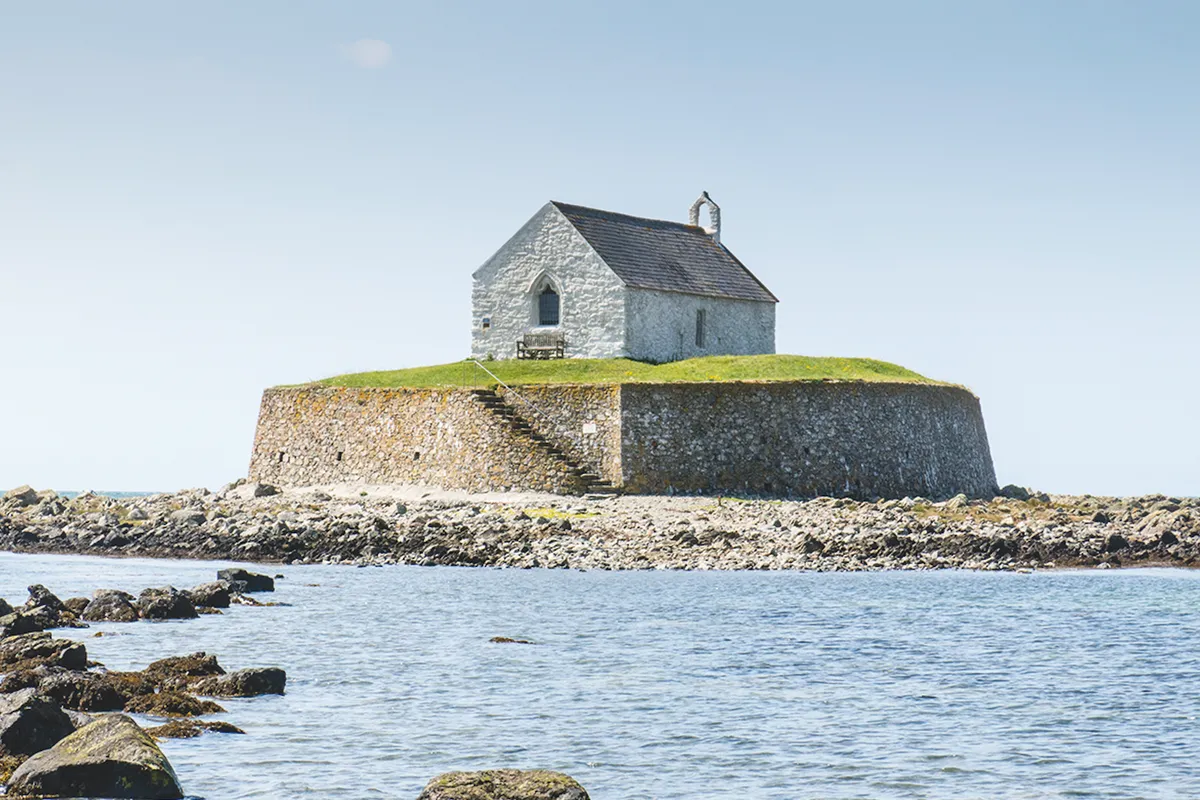
An intriguing stone rubble, single-cell parish church set on a tiny islet restricted to its churchyard, now revetted by a dramatic, high stone wall. Parts of the building may date from the 12th century. Discover more unusual county churches.
Marsh harrier
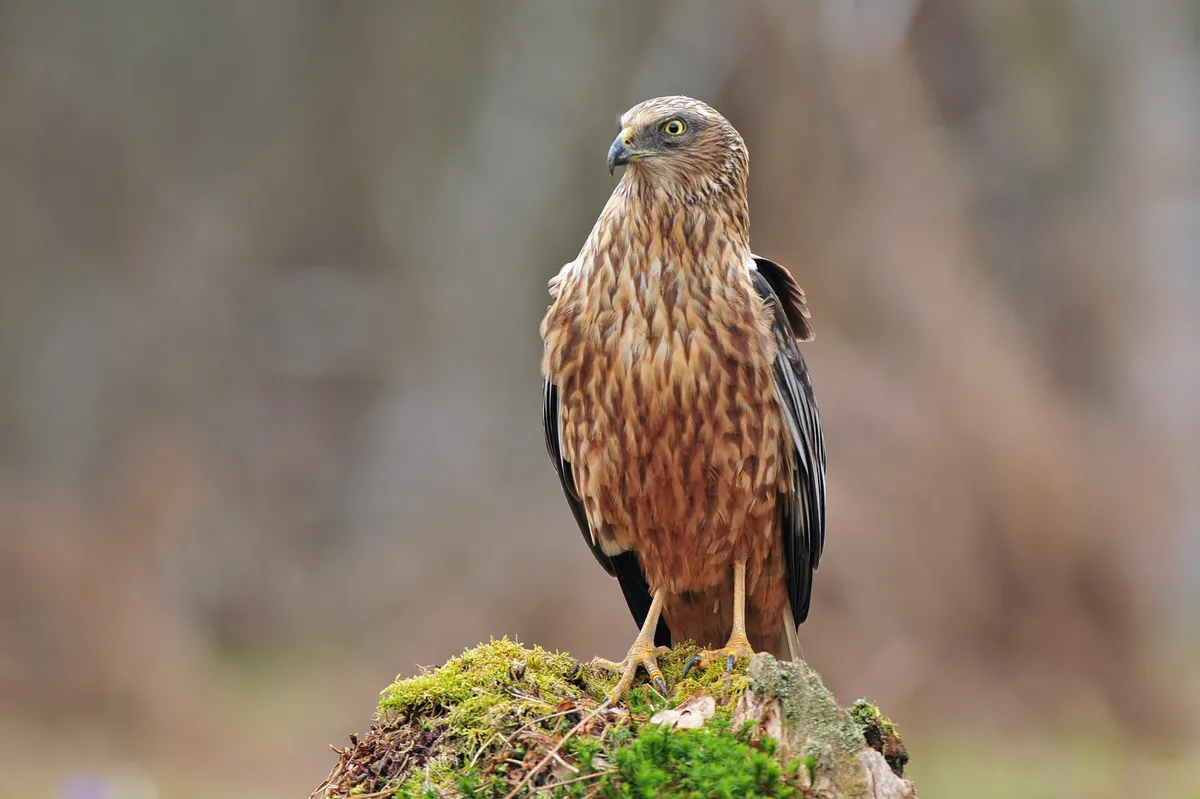
The marsh harrier is the largest harrier and has a heavier build and broader wings than other species. They are wetland specialists. Marsh harriers have a lazy flight – a few slow flaps followed by a long, wavering glide. Males are silver, black and rusty-red, while female harriers have dark brown bodes and are noticeably bigger. Marsh harriers have a wingspan of 122cm and weigh 540g (male)/670g (female).
Flower bee
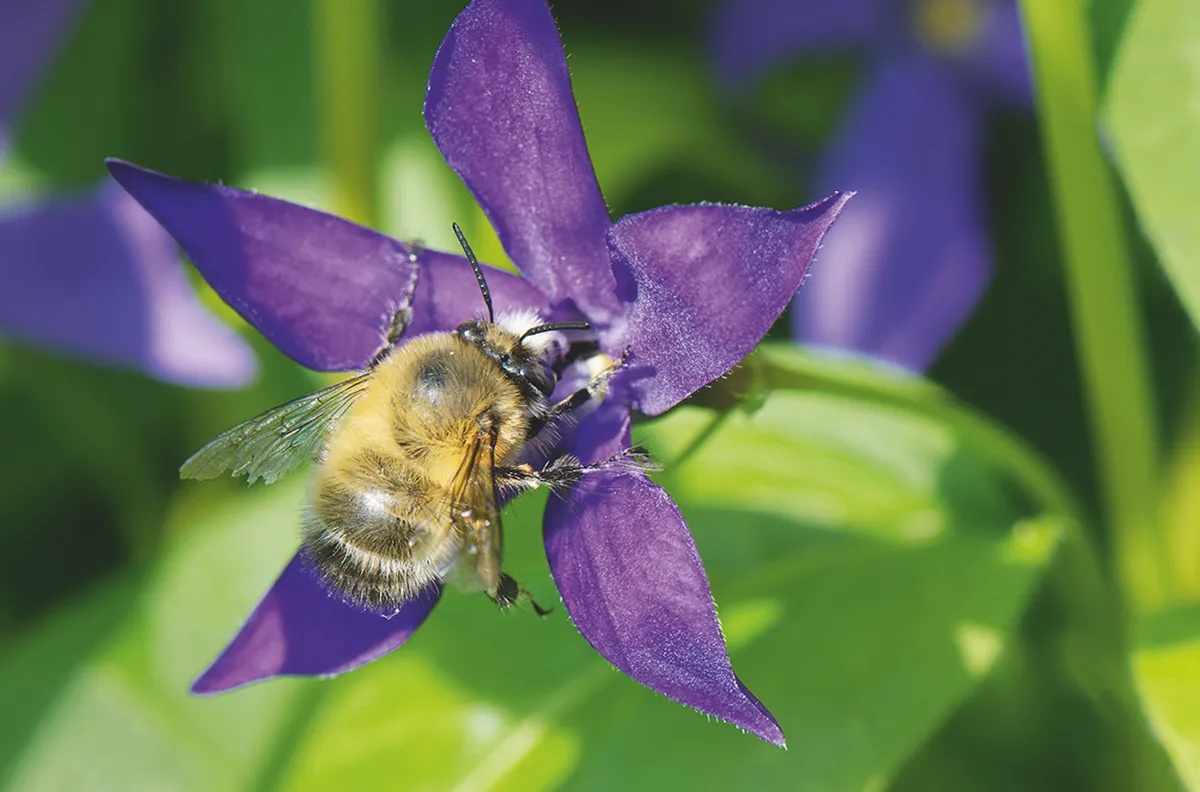
Plants growing and flowering early in the year, especially in woods that are rather shady later in summer, are serviced by early pollinators — themselves taking advantage of a less-crowded if cooler season. One such insect is the hairy-footed flower bee. A squadron of brown and grey males (with feathery feet) will pursue a black female as she darts round red dead-nettle.
The Kelpies

Visit Scotland and discover the striking Kelpies, two massive steel horse-heads created by Glaswegian artist Andy Scott. You can’t miss them. Each kelpie, a mythological horse, stands 30 metres tall and weighs more than 300 tonnes.
The sculptor, whose father came from Falkirk, created The Kelpies to pay homage to the draught horse, which traditionally pulled the wagons, ploughs, barges and coalships that shaped this former industrial area. The result, clad in stainless steel skin-plates, is inspiring, particularly up close. And you can walk inside them, too, when tours run (thehelix.co.uk).
Punky peewit
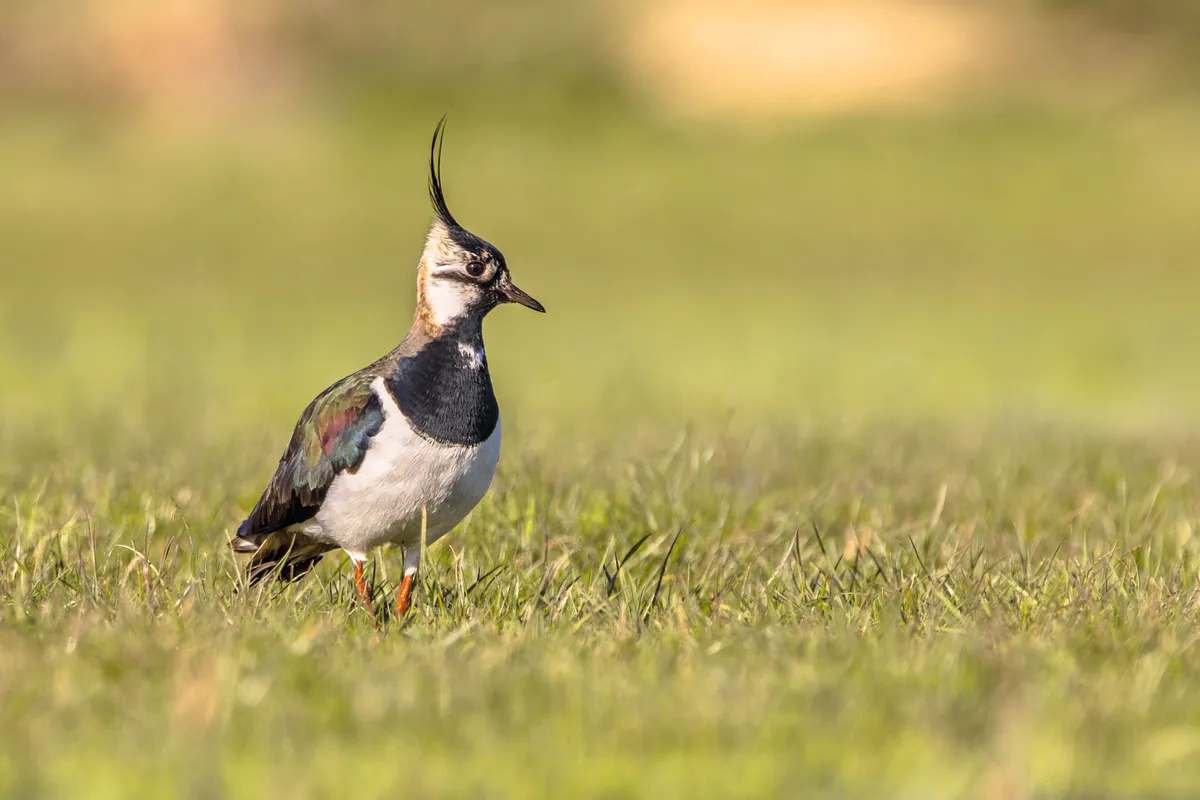
In spring, the male lapwing puts on impressive mating displays, swooping, tumbling and rolling in the air, as its shrill ‘peewit’ call announces its presence to rivals and mates. These striking, long-crested waders nest in ground scrapes on cultivated land, making them vulnerable to both predation and habitat loss caused by intensive agriculture.
Rannerdale bluebells
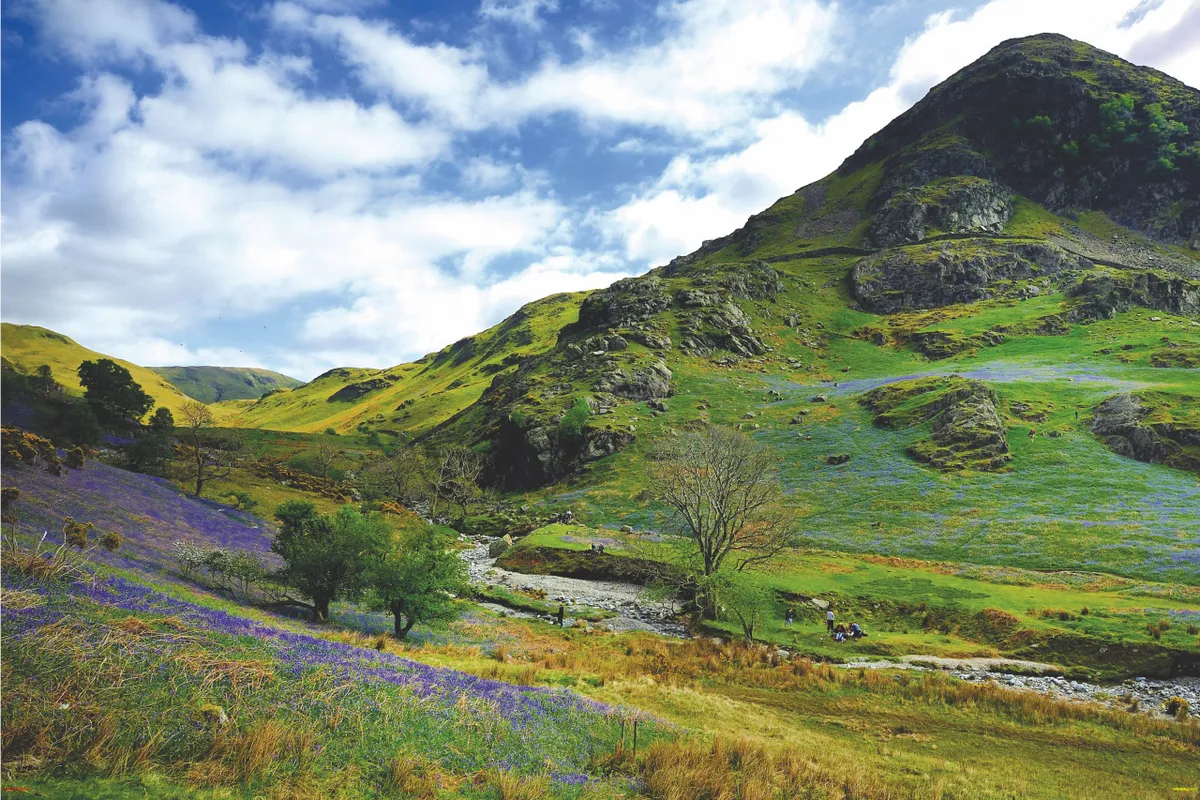
The handsome peak of Rannerdale Knotts in the Lake District offers fine views over Crummock Water, Buttermere and, in April and May, a small ‘lake’ of bluebells in the secretive valley of Rannerdale. Rannerdale means “sheiling (shelter) at the pass of the raven” and is famed for its tranquility and glorious spring wildflowers.
Avocet chick
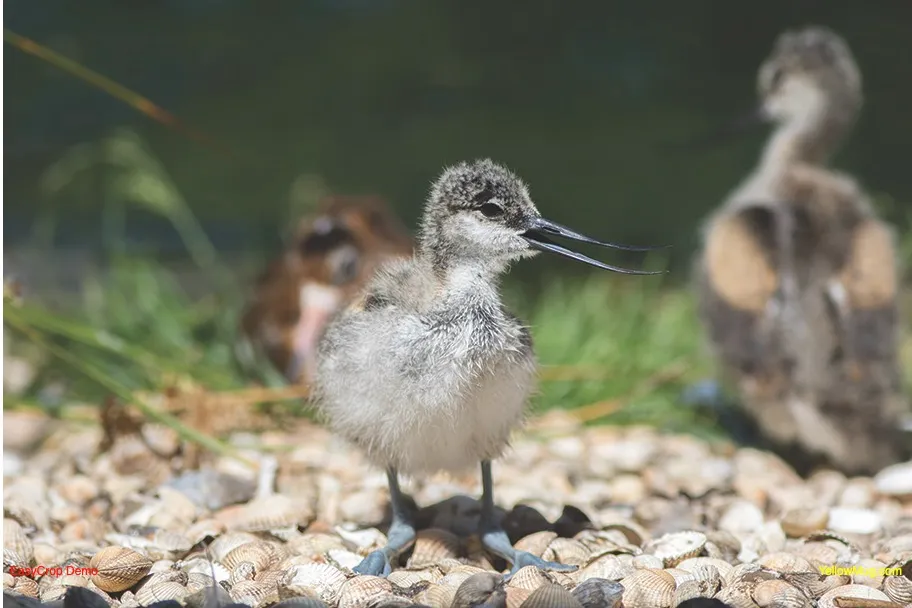
This slender wading bird sweeps its upturned bill across shallow water to feed – a skill learnt by chicks a few hours after hatching.
Hen harrier
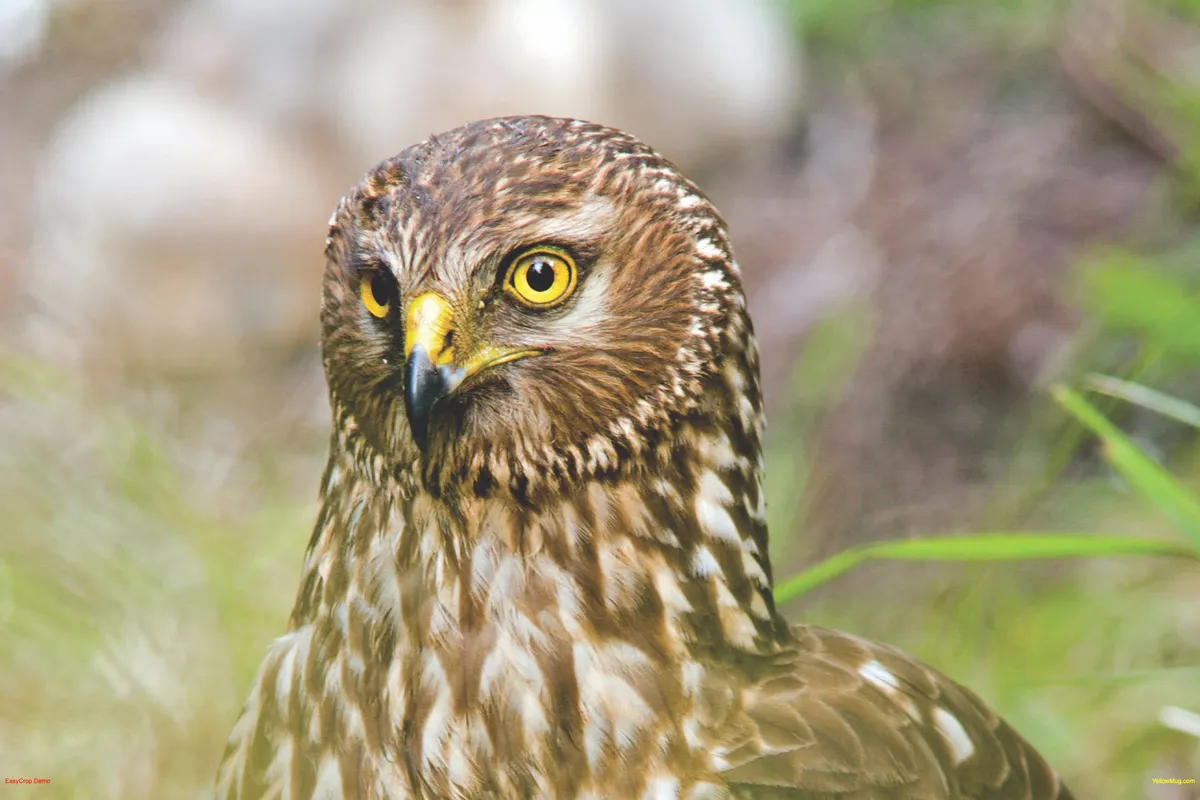
The elegant hen harrier is perhaps the most iconic bird of prey in the uplands of northern England, but it is also one of the most endangered birds in Britain. These large raptors wheel and soar above the moorland and, in late spring, perform a spectacular ‘sky dance’, exchanging tokens of their affection in mid-air to cement their bond.
Mighty beetle
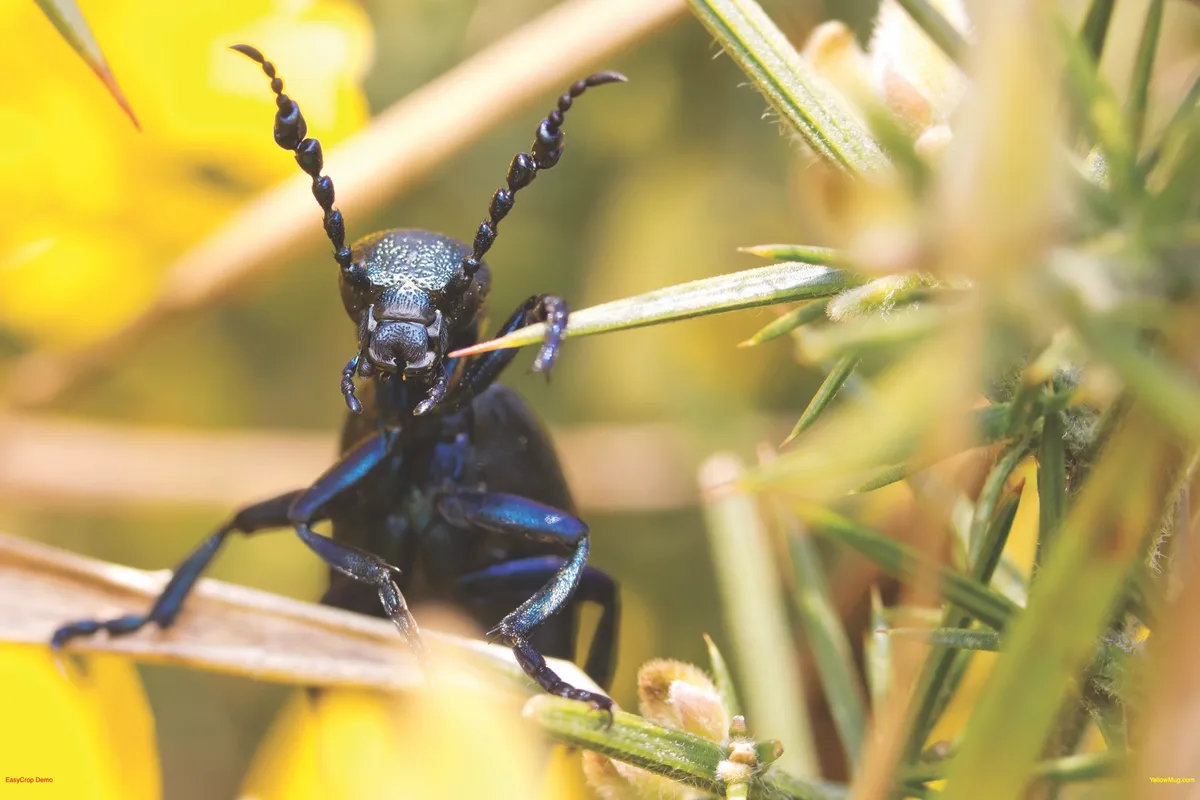
April is the time to look for a giant but harmless creature: the oil beetle. There are five species of these massive, metallic-looking insects in the UK. Sadly, all are in decline. They are usually found on grasslands, dunes and heaths and are easy to identify from their huge abdomens. If threatened, they emit oily droplets.
Capercaillie
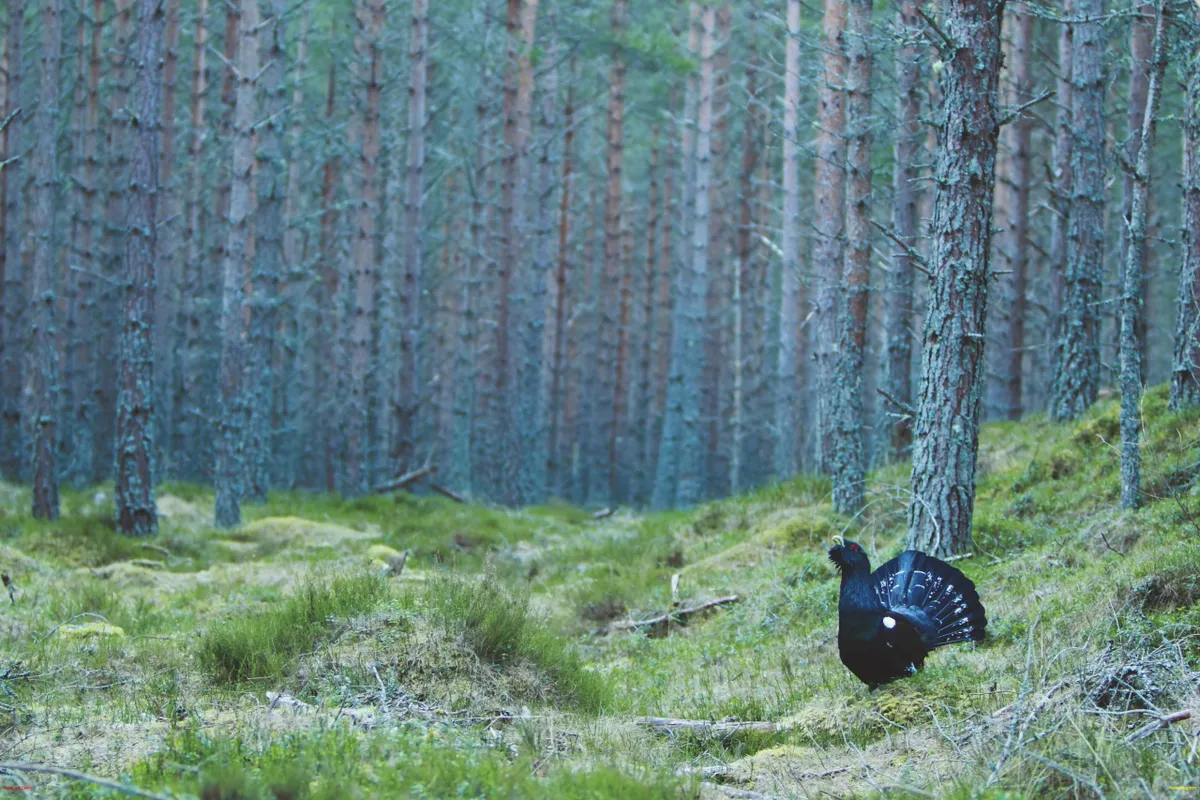
The adult male grows up to 87cm long and has dark plumage, while the smaller female has mottled black plumage with a rusty breast. All 1,110 UK birds live in Scotland, most notably in Strathspey, Aberdeenshire, Moray and Perthshire. They eat berries and shoots from their favoured habitat: Scots pine forest.
Isle of Harris
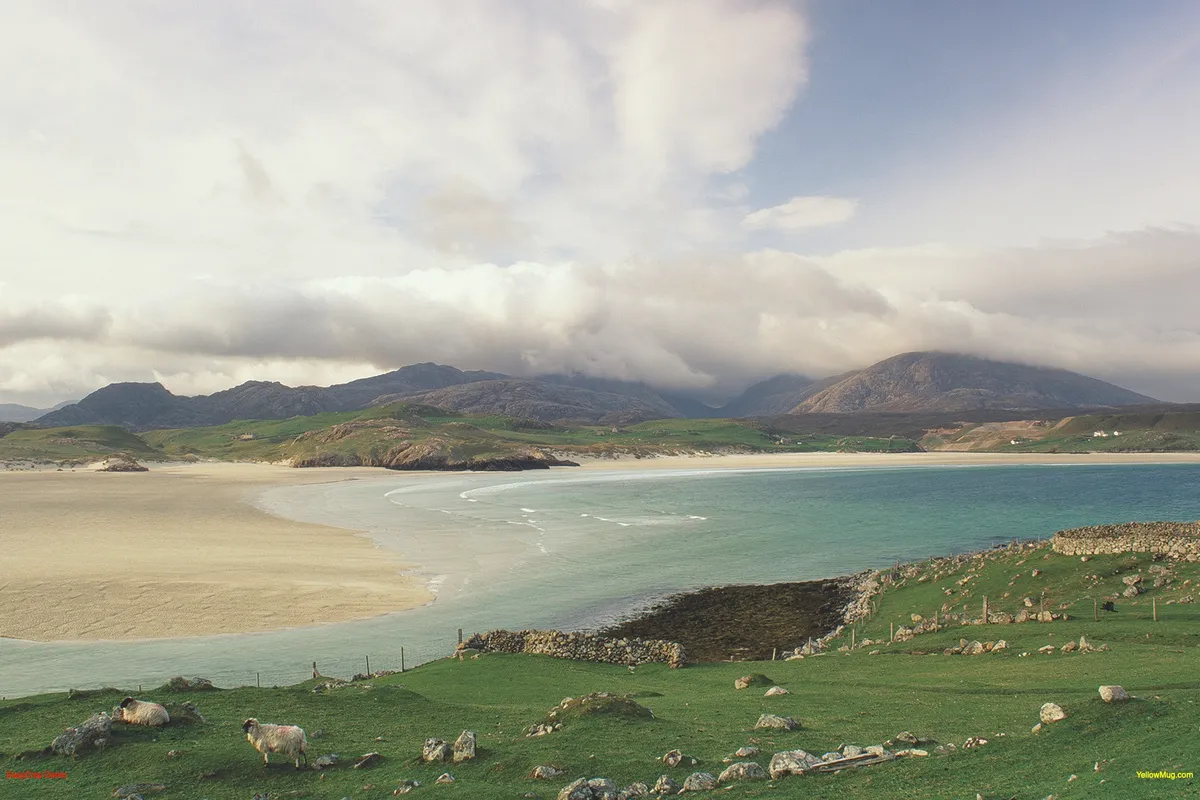
The Isle of Harris is not only the best place to see golden eagles in the British Isles, it is one of the top spots in Europe. Head for Bowglass, north of Tarbert, take the well-marked trail west from the car park and look for both golden and white-tailed eagles over the mountains.
Coastal chough
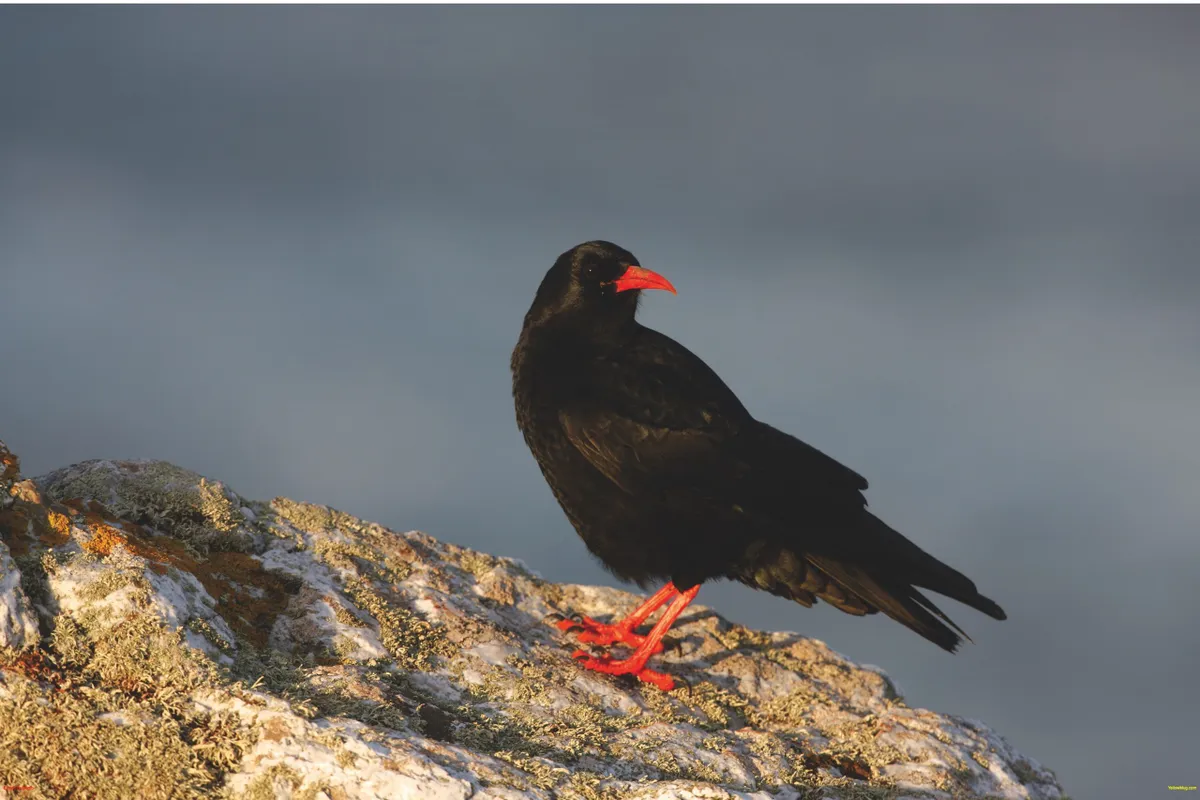
Larger than a jackdaw but smaller than a rook, this coastal-cliff specialist has a shiny black plumage, red bill and red legs. It lives near short turf where it feeds on soil-dwelling insects. There are 400 breeding pairs in the UK, including populations on the Calf of Man just south of the Isle of Man, South Stack on Anglesey and Strumble Head in Pembrokeshire.
Willow warbler among blossom
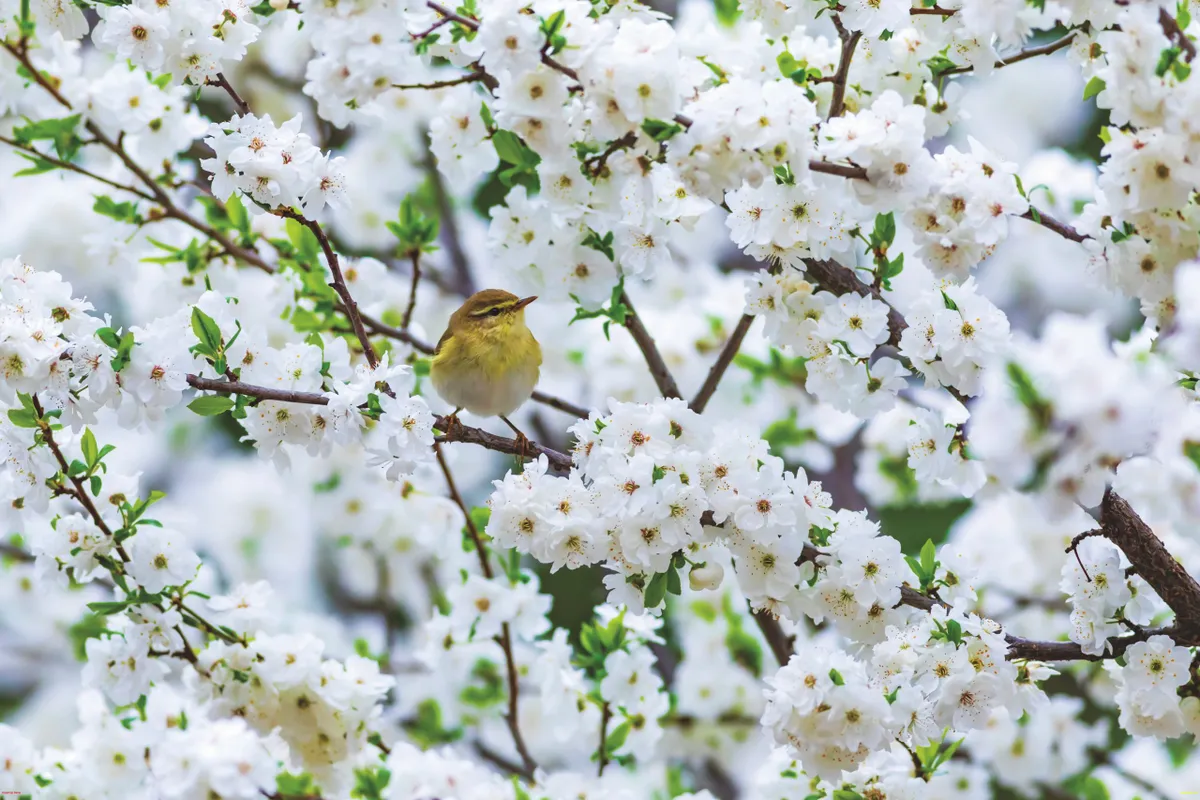
A willow warbler hunts for insects in the blossom of an apple tree. This tiny migrant lands in the UK from sub-Saharan Africa in mid-April and announces its presence with the most delicious liquid cascade of notes. The song is what tells the species apart from its very similar cousin the chiffchaff, which is famed for singing out its name in a repetitive two-note song. The willow warbler nests on the ground in scrubby meadows and hillsides.
Finnich Glen, Stirlingshire
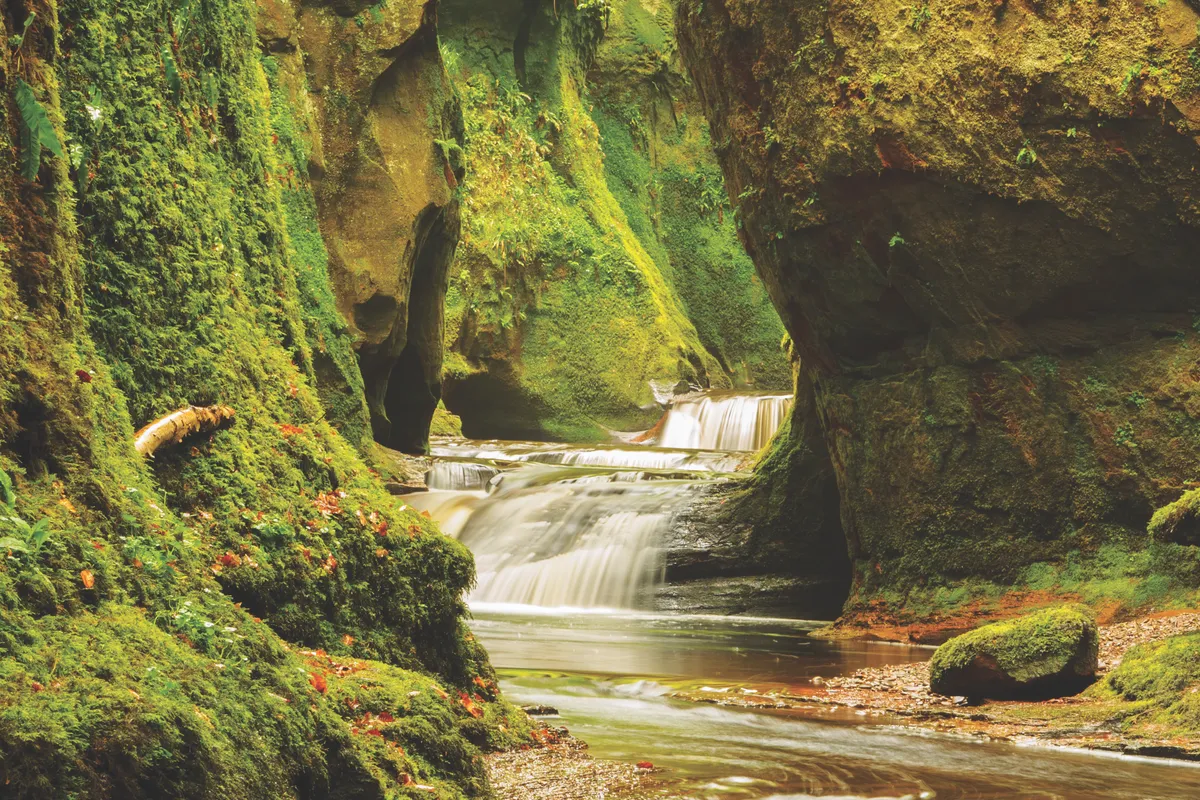
The waters of Carnock Burn carve through sandstone to create a gorge chattering with waterfalls near the village of Drymen in Stirlingshire. The gorge, called Finnich Glen but known collectively as the Devil’s Pulpit along with its strange rock formations and red-stained water (from the rock), has given rise to lurid tales of witches, human sacrifice and even an appearance by Old Nick himself.
Orange-tip butterfly
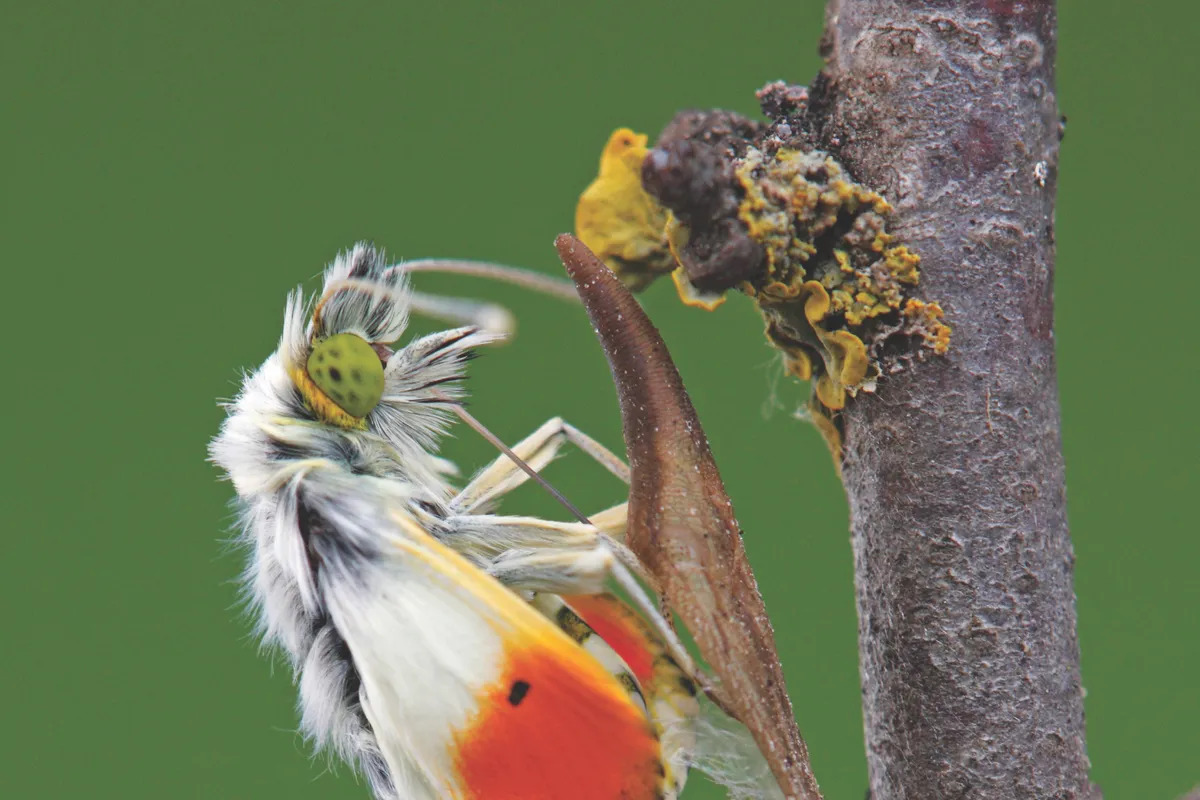
A male orange-tip butterfly emerges from its chrysalis, its bright green eye taking in the new world. But it can’t fly immediately. Its first act is to pump fluid into the veins of its crumpled wings and expand them to full size. After some 15–30 minutes, it takes to the air in search of its first food as an adult – and also for a mate (the female has more greenish-white wing tips). Orange-tips are one of the first butterflies to emerge and are on the wing in warm days in mid-to-late March and all through April. After mating, the female lays her eggs on lady’s smock flowers, which the larvae relish.
Green woodpecker
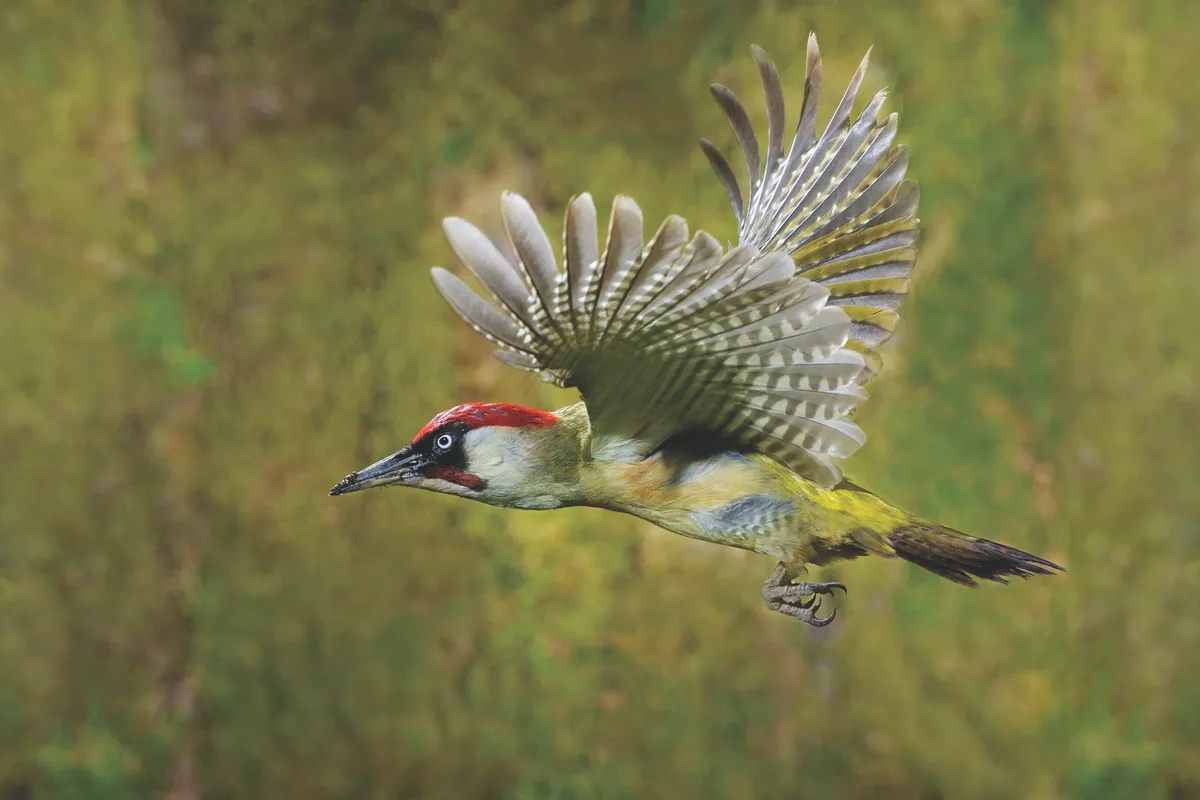
This colourful, handsome bird forages for ants among the heather, probing with a long sticky tongue. Our largest resident woodpecker, it’s famous for its distinctive laughing call, or yaffle.
Water of Leith, Edinburgh
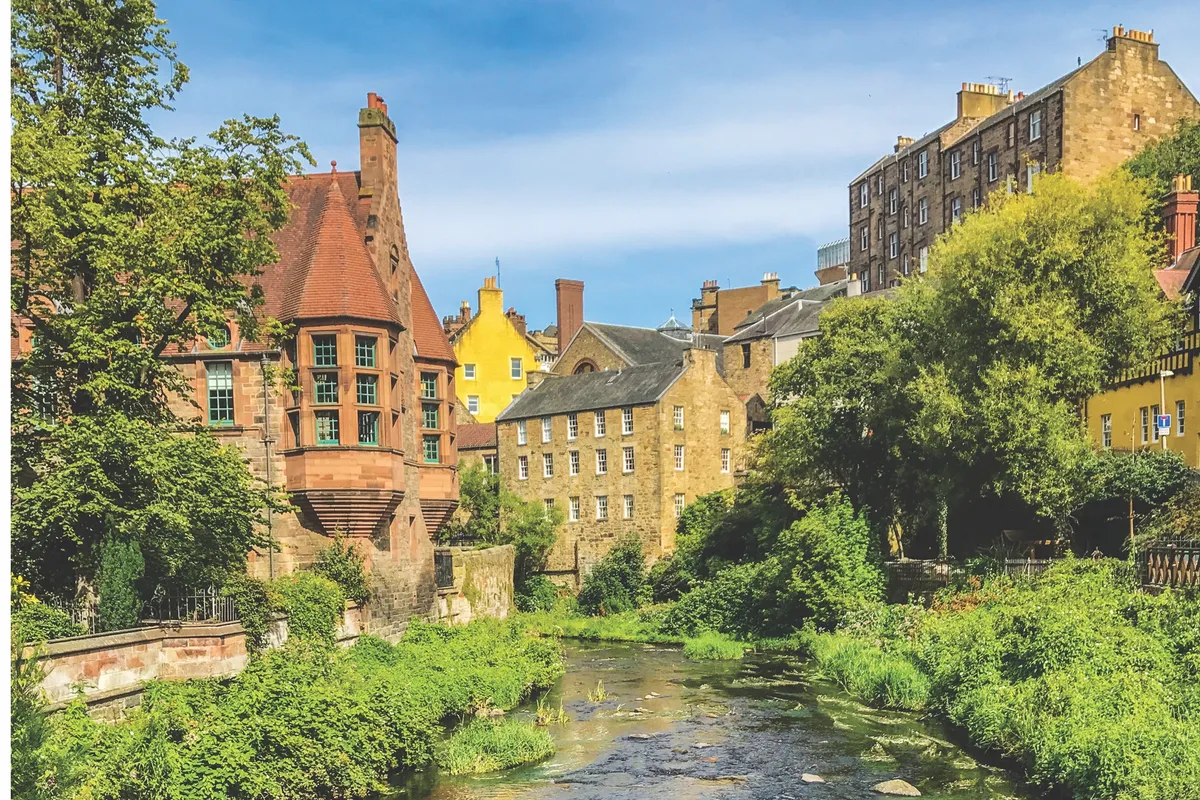
A wildlife-rich riverside corridor runs through the heart of Scotland’s capital city. As spring unfolds, the Water of Leith and its overgrown banks buzz with colour and life, offering ample opportunity for discovery.
Pine martens
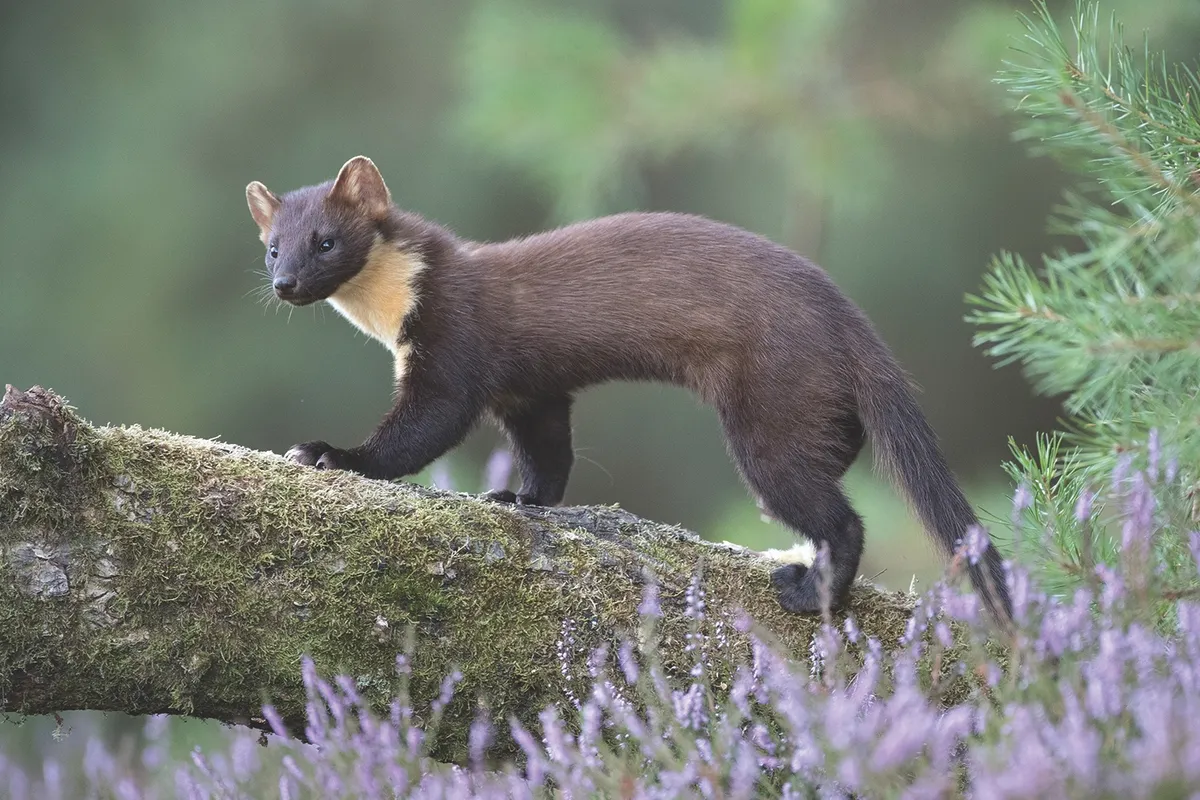
The pine marten is a little bigger than the polecat, dark brown with a yellowish throat patch. A creature of the woods where it hunts squirrels and other rodents, as well as eating fruit, fungi and insects. Rare, it’s found mostly in Scotland with small numbers in north and west Wales.
Iona, Scotland
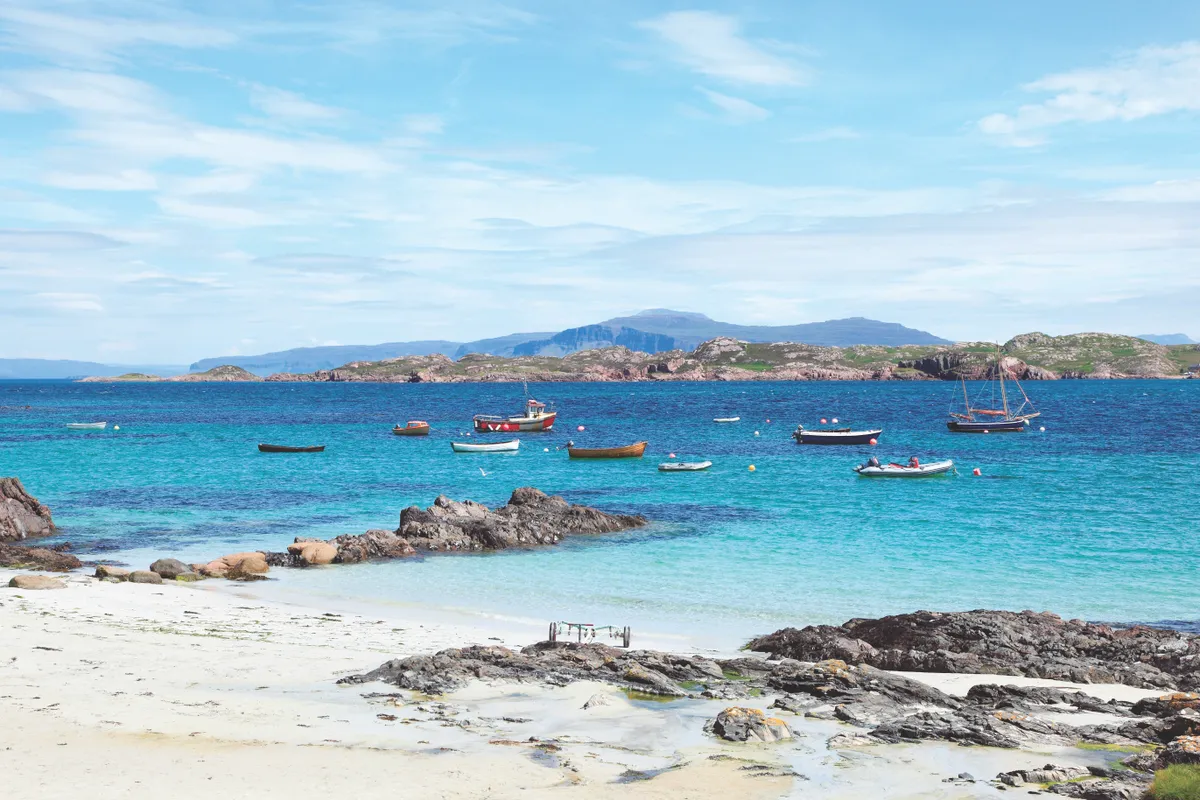
Getting to the island paradise of Iona couldn't be easier. First you fly to Scotland or, more romantically, board the Caledonian Sleeper train from London and let it carry you through the night to the north. Then you cross the Highlands to Oban on the west coast. From here, the Caledonian MacBrayne ferries chug across the sea to the Inner and Outer Hebrides every day. You still have a way to go: you board a CalMac to the Isle of Mull, ride a bus across the island and then take a 10-minute foot ferry across the water from Mull to Iona. When you finally arrive, lightly sea-sprayed, on Iona’s tiny jetty, you’ve travelled as far as you can. Beyond this land is just the open Atlantic. You can’t help but feel like you’ve successfully escaped.
Ospreys
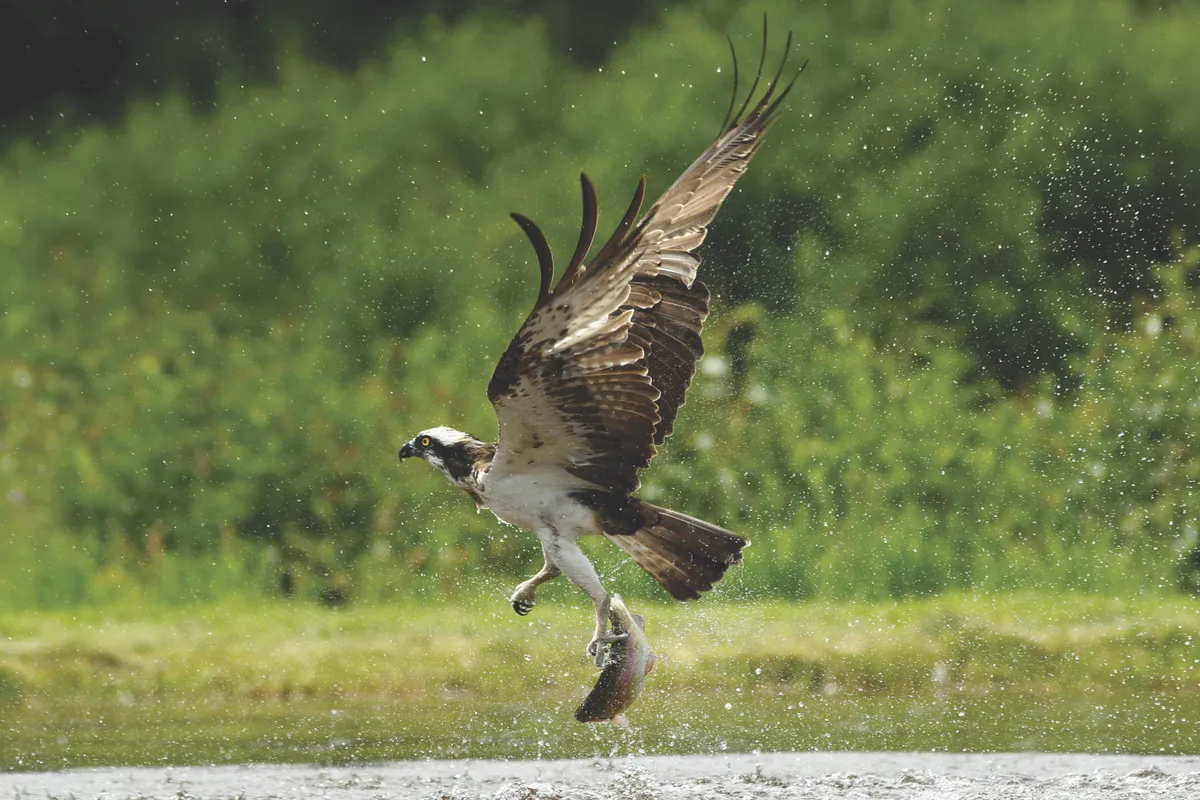
Ospreys feed solely on fish and make their nests near lochs that have a plentiful supply. These majestic birds can be seen in the Loch Lomond and the Trossachs National Park.
Cave Hill, Belfast
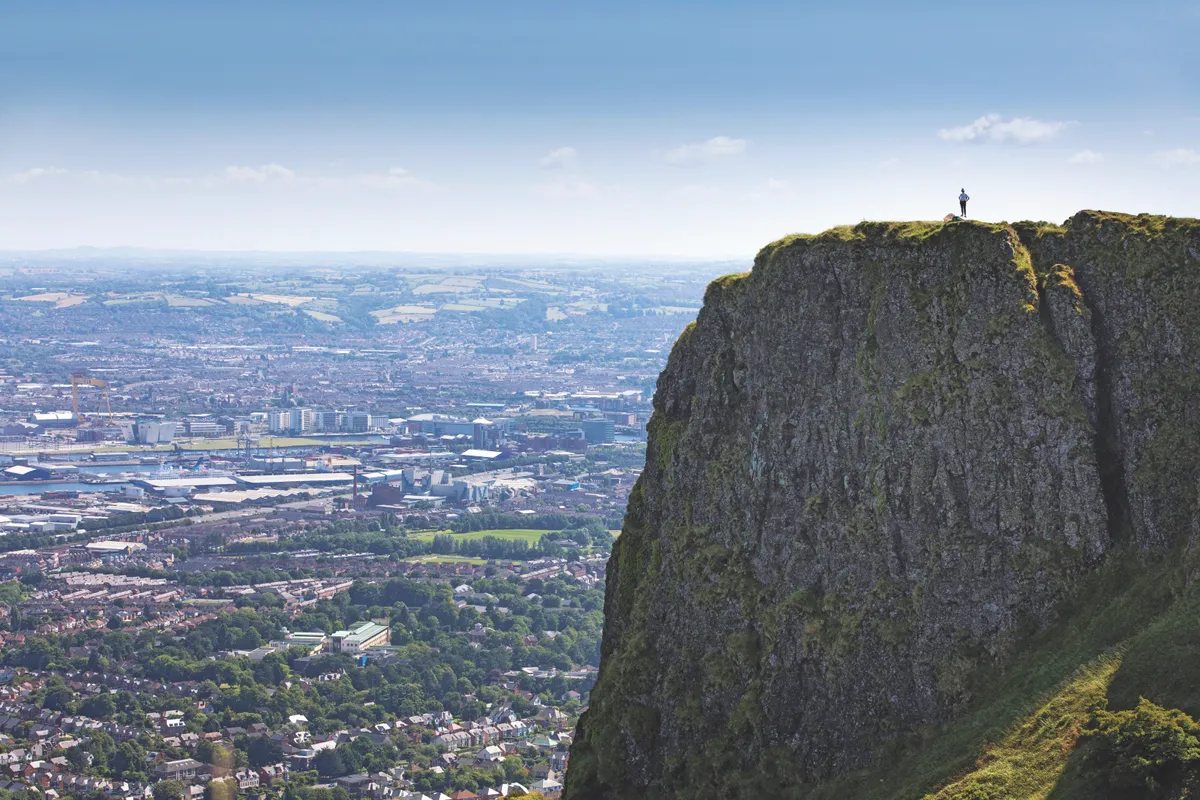
The weather-beaten summit of Cave Hill rears up above the streets of Belfast. This city-edge country park is home to sparrowhawks, orchids and carpets of bluebells in spring.
Emperor moth
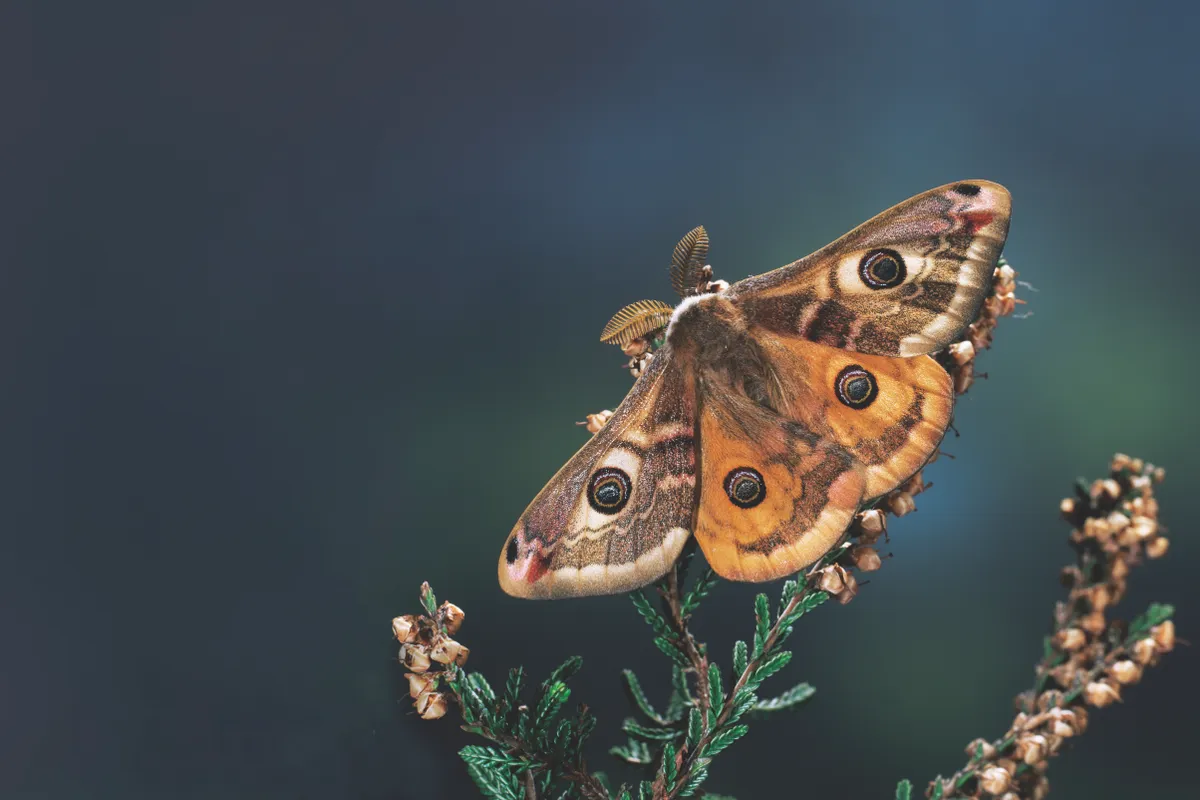
Emperor moths have four large eye spots to deter birds. Males can detect the scent of females from several kilometres away; you can buy pheromone lures to attract this spectacular species.
Jesmond Dene, Newcastle
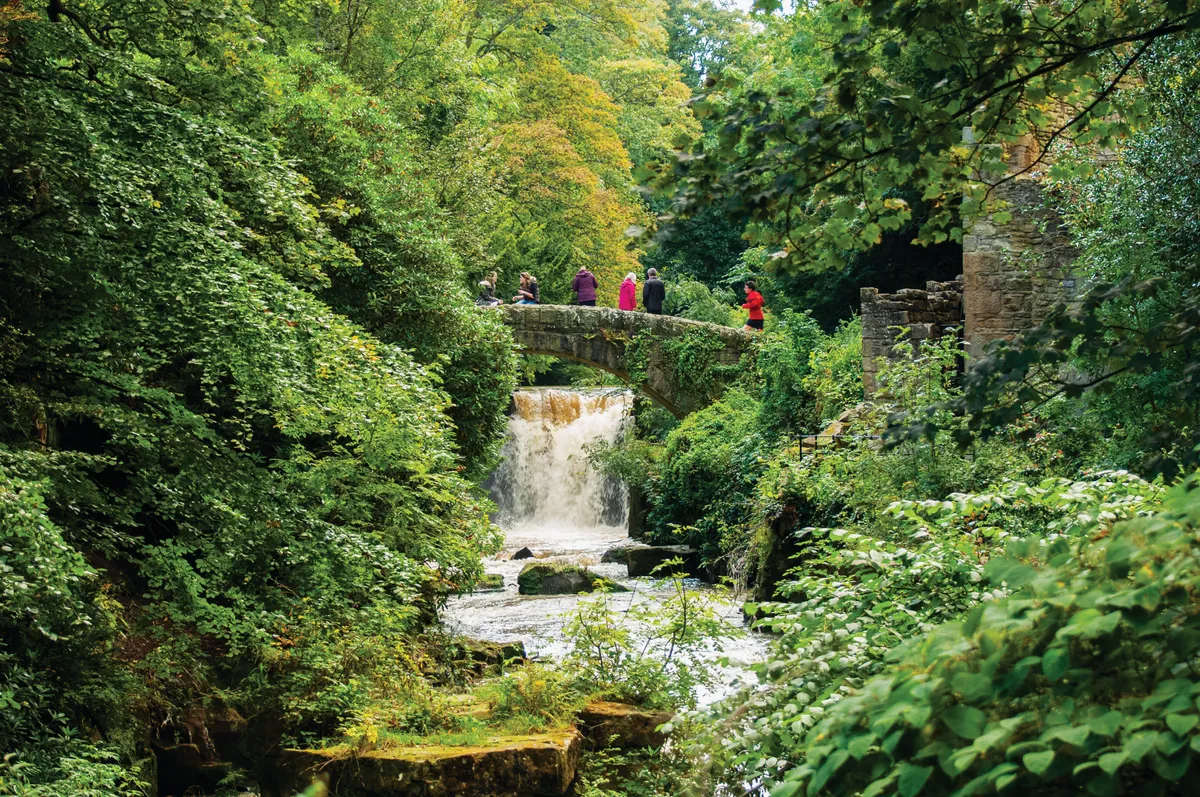
Tumbling down from the north of Newcastle, the Ouseburn river rises most magnificently as it passes through Jesmond Dene on its six-mile journey from Callerton to the city centre.
Bluebells in Dartmoor
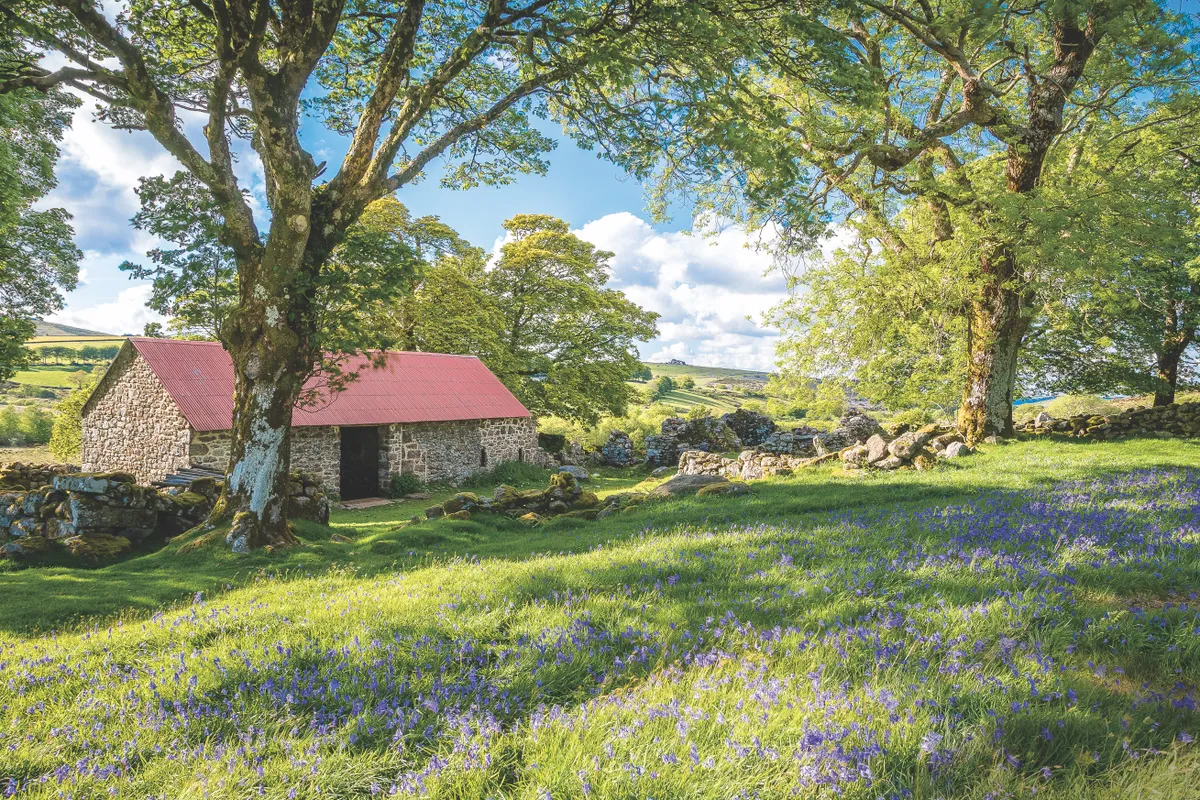
We normally expect to see bluebells creating pools of violet radiance within woodlands, but there are plenty of examples across Britain of the flowers appearing in more open landscapes, such as this gorgeously fresh scene on Dartmoor. This usually signifies that the area was once wooded. By early May, the swift-growing, guardsman-straight shoots of bracken are already pushing through the flowers and within a month will have completely conquered the land.
Giant oaks
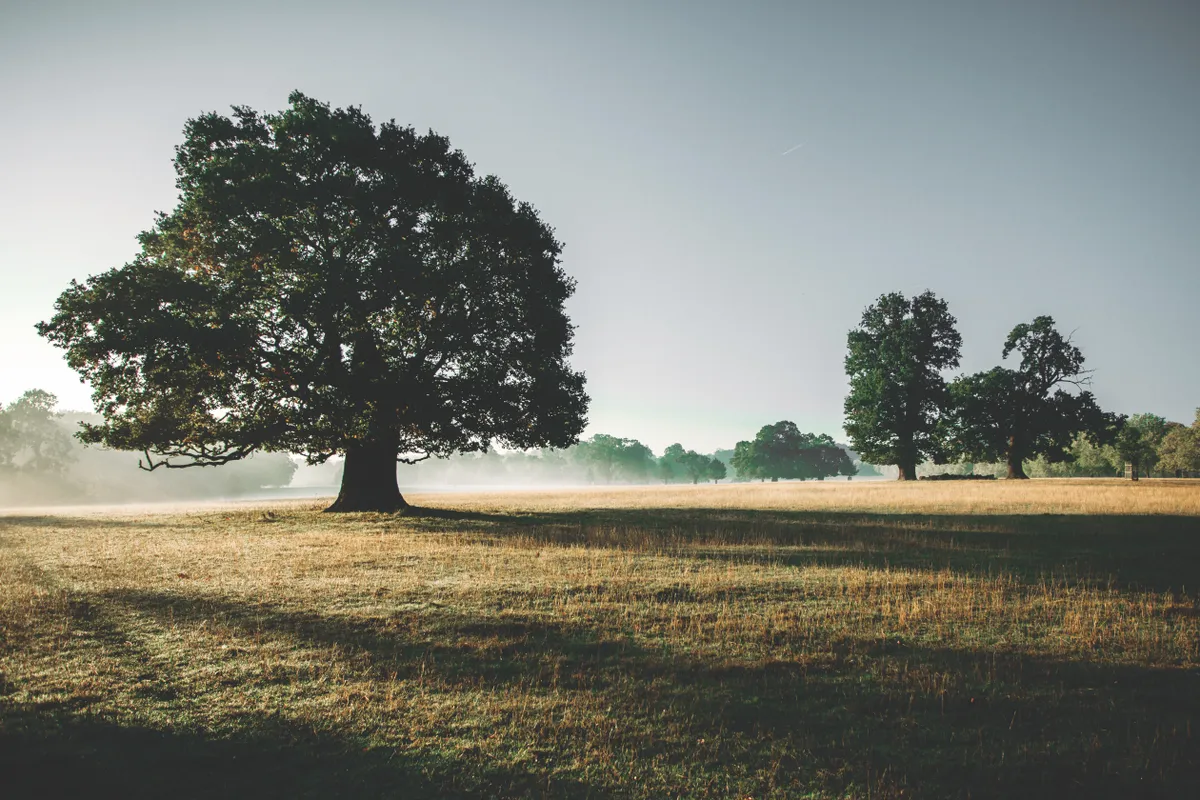
A centuries-old symbol of strength and survival, the English oak supports more wildlife than any other native tree, including over 280 insect species. Once worn as good-luck charms, its acorns are a rich food source for woodland creatures, including jays and squirrels.